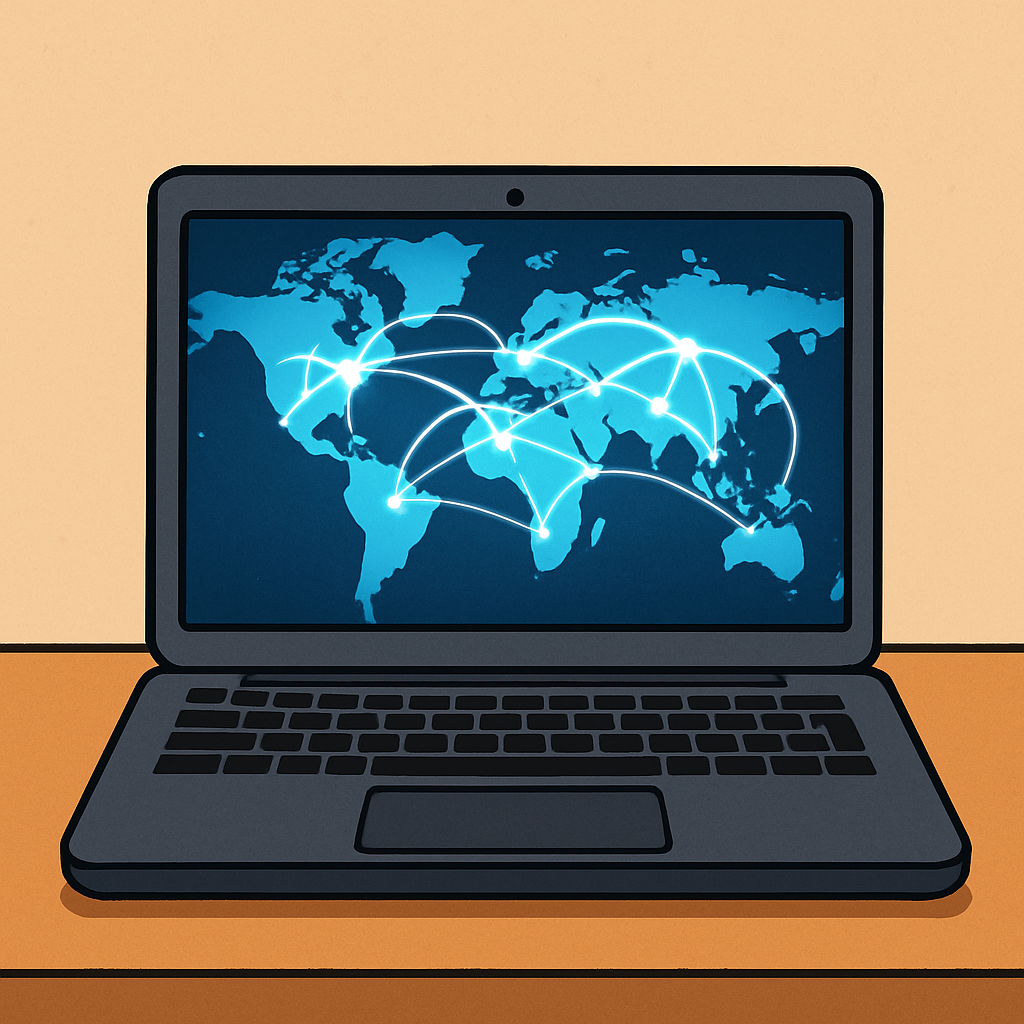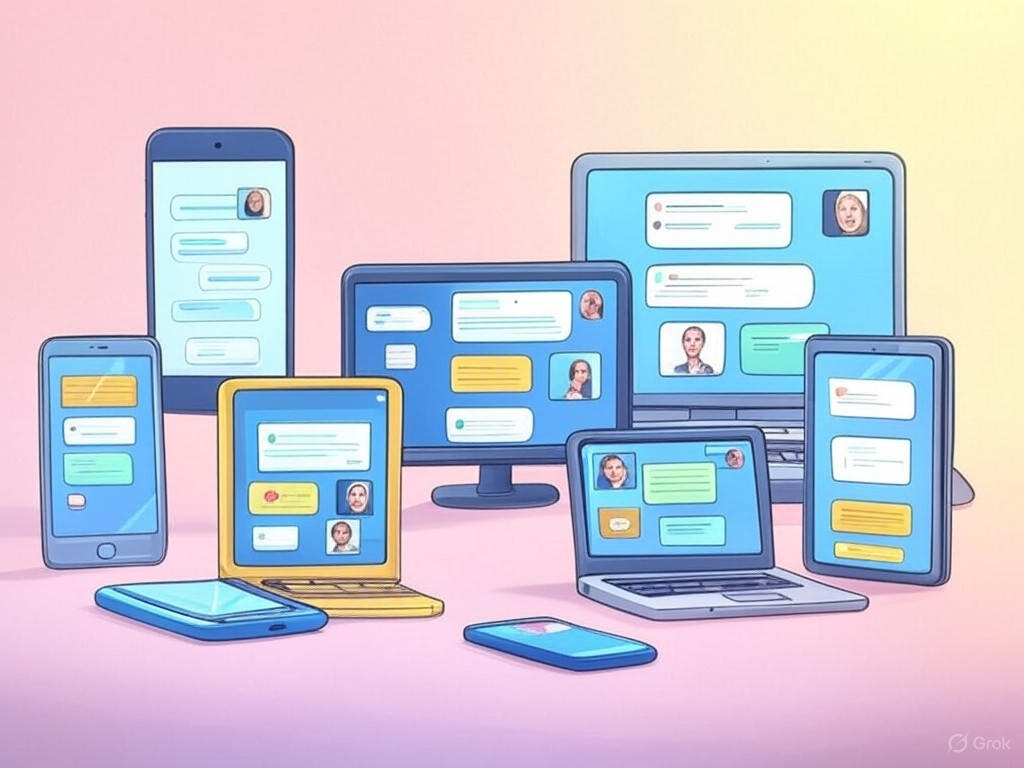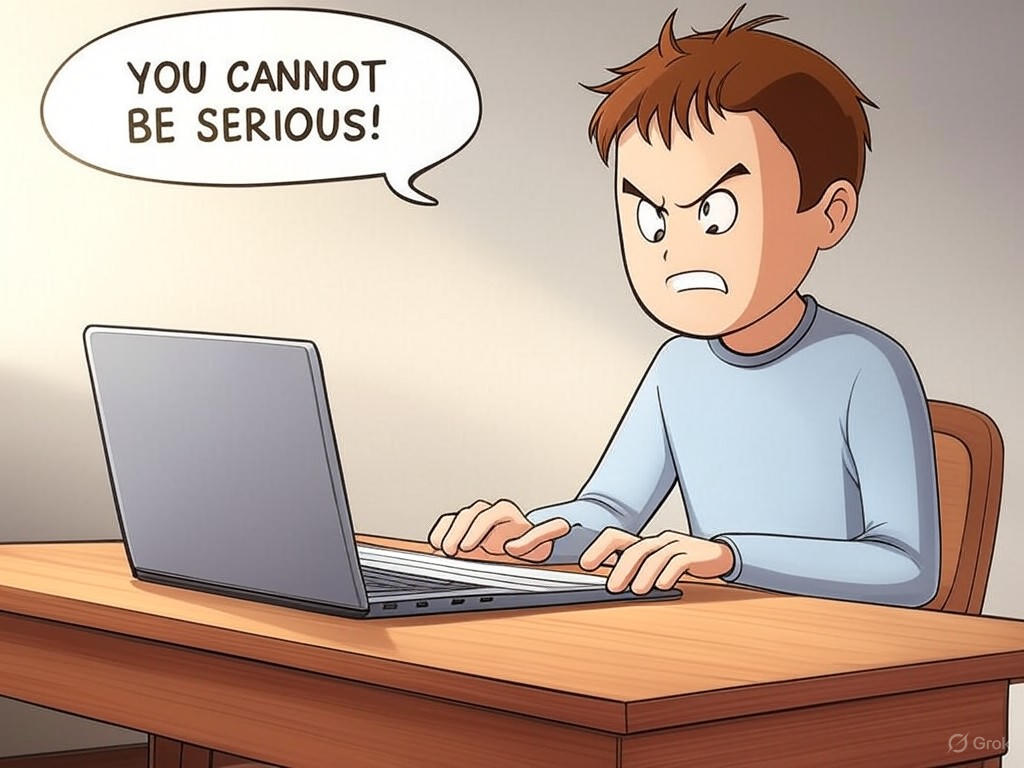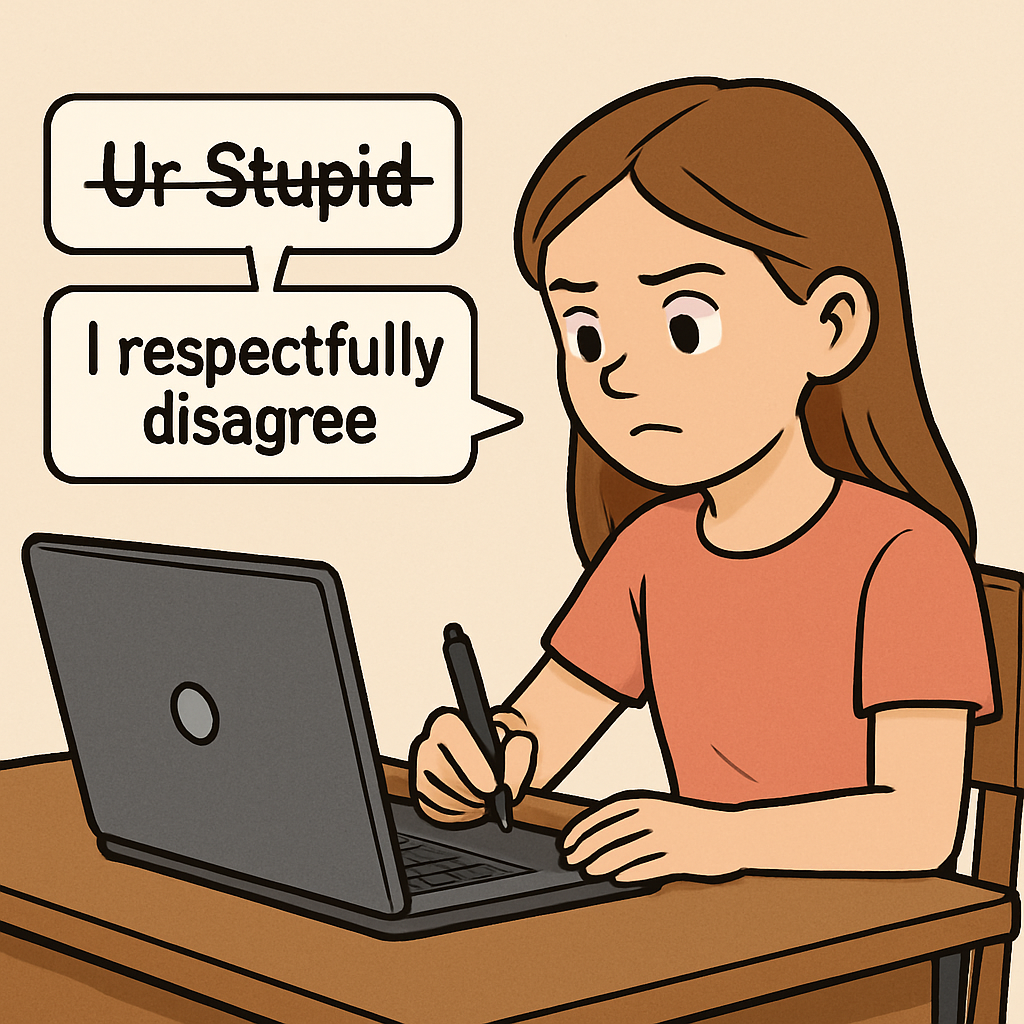 Imagine being able to send a message to a friend on the other side of the world, and receiving a reply in just a few seconds. Or consider participating in a video call with your classmates while staying at home. This is the remarkable capability of digital communication. In our modern world, we rely on the internet to converse, exchange ideas, and build connections with others more frequently than ever before.
Imagine being able to send a message to a friend on the other side of the world, and receiving a reply in just a few seconds. Or consider participating in a video call with your classmates while staying at home. This is the remarkable capability of digital communication. In our modern world, we rely on the internet to converse, exchange ideas, and build connections with others more frequently than ever before.
It is important to understand why digital communication matters. Acquiring skills in online communication enables you to form friendships, acquire new knowledge, and ensure your safety in digital environments. In this lesson, you will explore the definition of digital communication, examine various methods of engaging in it, and learn strategies for communicating in a clear, respectful, and responsible manner. By the conclusion of this lesson, you will possess greater confidence in your ability to interact online effectively.
 Digital communication is any way we share information or talk to others using technology and the internet. It's like talking face-to-face, but through devices like phones, computers, or tablets. Instead of speaking directly to someone in the same room, you can send messages, share pictures, or even have video chats with people far away.
Digital communication is any way we share information or talk to others using technology and the internet. It's like talking face-to-face, but through devices like phones, computers, or tablets. Instead of speaking directly to someone in the same room, you can send messages, share pictures, or even have video chats with people far away.
At its core, digital communication uses the internet to send data from one device to another. For example, when you type a message on your phone and hit send, it travels through the internet to your friend's device almost instantly. This technology makes it possible to connect with anyone, anywhere, as long as you have an internet connection.
This happens in many places online, such as:
For instance, you might send a quick message on WhatsApp to a friend about your weekend plans. These tools let us connect anytime, anywhere, but it's important to use them wisely to avoid misunderstandings or problems, like sending something you didn't mean to or sending something to the wrong person.
Digital communication is a big part of our daily lives. It helps us stay in touch with family and friends, work on school projects together even if we're not in the same place, and learn new things from people around the world. Think about how you already use it – maybe texting your family to say you're on your way home, or emailing a teacher with a question about homework. It makes sharing ideas quick and easy, but remember, just like in real life, it's good to be thoughtful about what you say.
 There are numerous methods for communicating online, each accompanied by specific tools and styles. We will examine and compare these to determine their suitability for various situations.
There are numerous methods for communicating online, each accompanied by specific tools and styles. We will examine and compare these to determine their suitability for various situations.
The following represent some of the primary tools employed in digital communication. Each serves distinct purposes and is appropriate for different contexts.
Communication styles may be categorised as casual or formal, and they can be oriented towards individual or group interactions. Selecting the appropriate style ensures that your message is conveyed effectively and appropriately.
It is essential to select the appropriate tool and style to ensure clarity in your message. For instance, employ casual messaging for leisurely conversations with peers, but adopt a formal email approach when addressing academic matters.
To further illustrate, consider the advantages of each tool: Messaging applications offer immediacy, whereas email provides a record that can be referenced later. Video calls enhance personal connection through visual and auditory cues, and forums promote collaborative knowledge-sharing among diverse groups.
 Engaging in online communication can be fun and rewarding, but it's important to do it in a respectful and safe way. This means thinking about your tone, making your messages clear, and following digital etiquette – the rules of good behaviour online. By doing this, you can have positive chats, avoid mix-ups, and keep yourself and others safe.
Engaging in online communication can be fun and rewarding, but it's important to do it in a respectful and safe way. This means thinking about your tone, making your messages clear, and following digital etiquette – the rules of good behaviour online. By doing this, you can have positive chats, avoid mix-ups, and keep yourself and others safe.
Here are the main behaviours to help you communicate effectively and responsibly. We'll explain each one with tips and examples so you can use them in your own online chats.
 In this exercise, you will examine several scenarios involving digital messages and rewrite them to ensure they are clearer, more respectful, and safer. This will assist you in reinforcing your understanding of effective digital communication. Please use a notebook or a notes application to record your responses.
In this exercise, you will examine several scenarios involving digital messages and rewrite them to ensure they are clearer, more respectful, and safer. This will assist you in reinforcing your understanding of effective digital communication. Please use a notebook or a notes application to record your responses.
To complete the activity, carefully read each scenario, consider the principles of tone, clarity, digital etiquette, and safety that we have discussed, and then compose an improved version of the message. Ensure your rewrites demonstrate respectful language, clear expression, and appropriate formality.
You are participating in a group chat with friends to plan a game. One participant posts the following message: 'UR IDEA IS STUPID! CHANGE IT NOW!'
Rewrite this message to make it respectful and clear, while maintaining a positive tone suitable for a casual group discussion.
You are composing an email to your teacher regarding homework difficulties. Your initial draft reads: 'hey i dont get this send help asap.'
Rewrite this message in a formal style, incorporating proper etiquette, such as a polite greeting and closing.
In an online forum, someone has requested advice, and you wish to respond by sharing a helpful link. However, your draft message inadvertently includes the name of your school.
First, reflect on why including personal information such as your school name could be risky. Then, rewrite the message without any personal details, ensuring it remains helpful and safe.